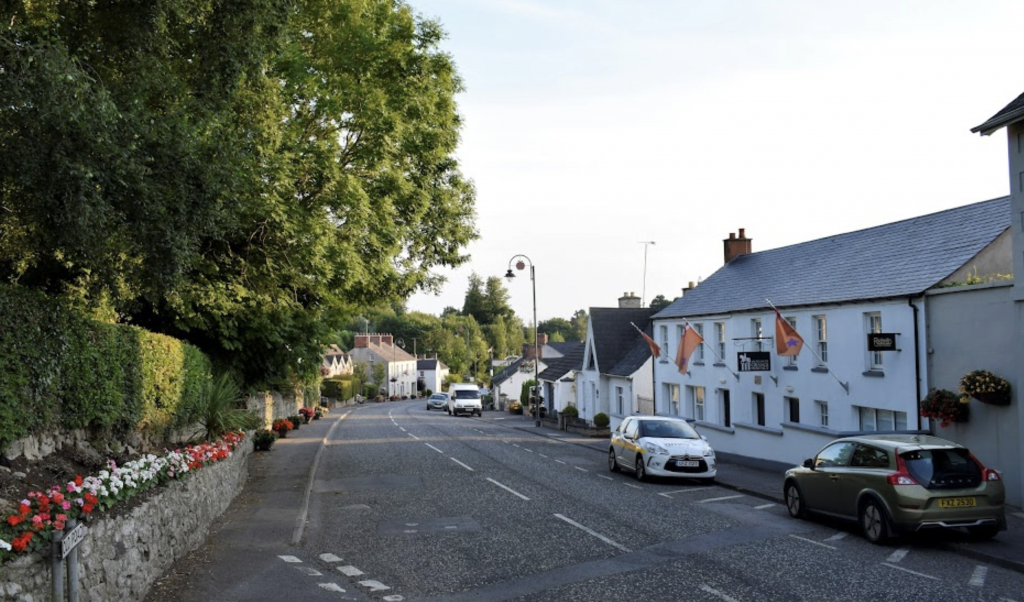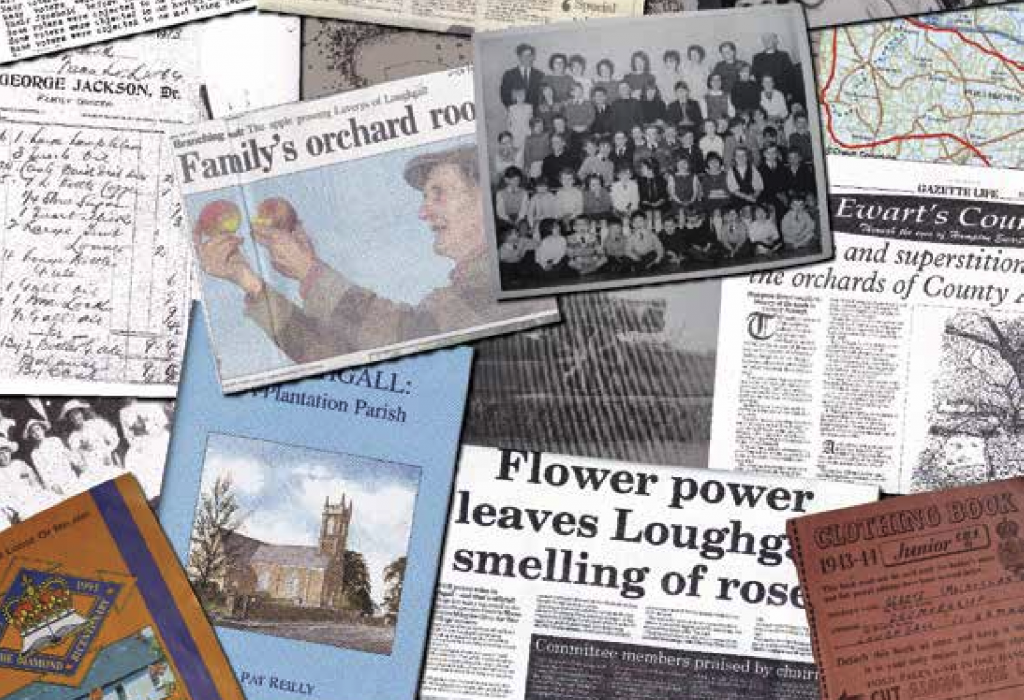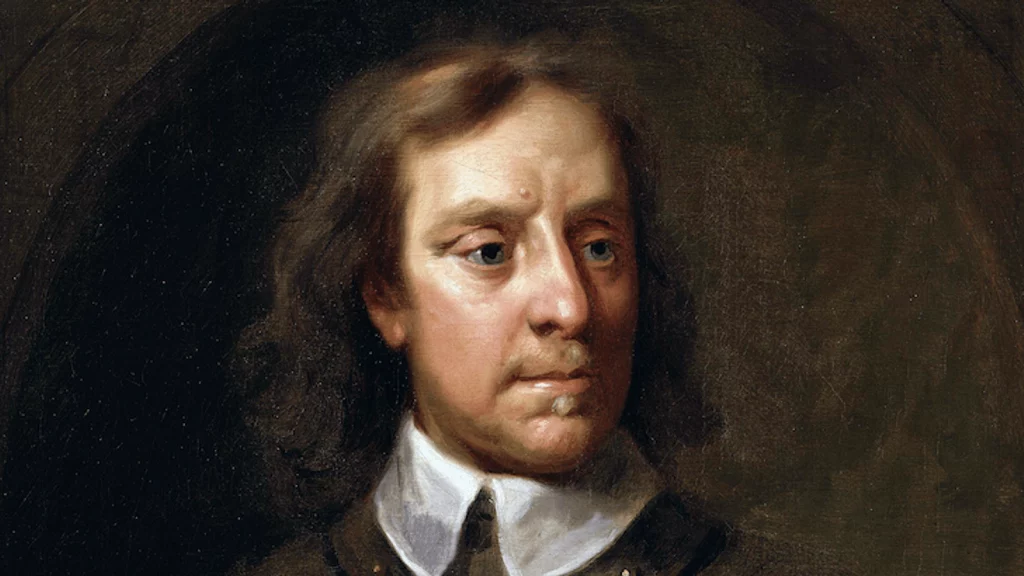Welcome to Loughgall

The village of Loughgall is situated in the heart of County Armagh’s apple-growing countryside and adjacent to the lake from which its name is derived. It is renowned for its attractive and pristine appearance, which has won it many awards over the years.
For a settlement of its size, just one long street, it has an impressively high proportion of fine buildings from both the Georgian and Regency periods. Over 20 of these buildings are officially listed by the NI Environment Agency as buildings of special architectural or historic interest.
Although often thought of as a Plantation Village, Loughgall has a much longer history. The Christian heritage of the village dates back to the Culdees, members of Christian monastic communities in Ireland, Scotland, and England during the Middle Ages.
In 1611, Sir Anthony Cope of Hanwell, Oxfordshire, purchased the Manor of Loughgall, comprising some 3,000 acres. An old census return from 1659 shows that the population in the village area was 36 people, 29 of whom were English or Scottish planters and only seven were native Irish.
Over the years, Loughgall evolved under the Cope family. There were two branches of the family, one based in the Manor of Loughgall and the other at nearby Drumilly. The two branches did not always see eye to eye, and it is said that, at one time, a chain across the lake marked the boundary between the two estates.
There is considerable archaeological evidence of an even earlier settlement. W. Reeves, the church historian, accepts that a church was already established here in 1054.


Loughgall has many historical connections. Famous visitors to the area included Oliver Cromwell in 1657, who found it a ‘fit place for a school’ but noted a ‘great want of a schoolmaster.’ William of Orange passed through in 1690 on his way to the Battle of the Boyne.
One guest of the Copes, enthralled by the area in the early 18th century, was the writer and satirist Dean Jonathan Swift of Gulliver’s Travels fame.
During the turbulent times of the late 18th century, Loughgall became the birthplace of the Orange Order. Two of its Presbyterian ministers were said to have been United Irishmen.
Additionally, it has been reported that, over a century earlier, the Roman Catholic Archbishop of Armagh, Oliver Plunkett—later hanged for treason—was given refuge by Captain Walter Cope while on the run.
Today, Loughgall retains its charm and rich history. Its Georgian buildings, historic sites, and lush countryside continue to attract visitors eager to explore its past and scenic beauty.

